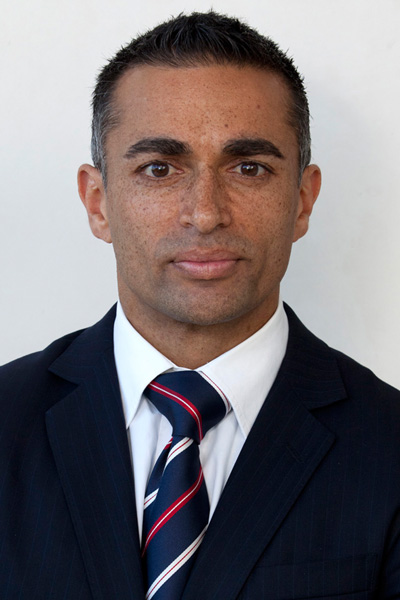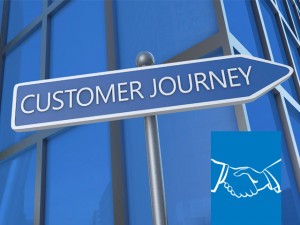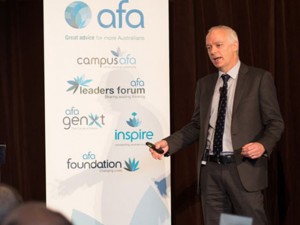Zurich’s Andy Marshall draws on his extensive experiences in working with a broad spectrum of advice businesses, from the very best to those who face challenges to achieve their desired outcomes and reflects on what separates the best from the rest…
Leading advice businesses are those that have unpacked the advice process and connected it to the outcomes their client wants. They are the businesses that have forged a connection, where the client is bonded with people ‘like’ them. This is a common concept in psychology, whereby people will do things they see other people doing, particularly those people that they can easily associate with (i.e. people they like).
The common thread between these leading advice businesses and the satisfaction of their clients is effective communication strategies. Whilst it is neither a secret nor a new concept, effective communication remains one of the most overlooked and under-resourced aspects of financial advice businesses today.
A common misconception holding a lot of advisers back is that developing a successful client communication strategy is too hard and requires too much time. This can be true if you haven’t done the proper research.
Communication involves a number of channels including social media, email, web presence, written correspondence and face-to-face interactions. However, each of these channels can prove to be ineffective if it is not aligned to how your client (or desired) client prefers to communicate and engage with your advice process.
I’m constantly surprised by how few advisers actually survey their clients. But before you groan, roll your eyes and move on, let me explain why this basic communication strategy is so important.
Statistics from the 2014 AFA Adviser of the Year and Practice of the Year Awards revealed that, while the average financial advice business enjoys a margin (and I use the word ‘enjoy’ with a degree of sarcasm) of around 20 per cent, leading Australian advice businesses experience more than double that, with a typical margin of 45 per cent.
Similarly, average advice businesses achieve Net Promoter Scores (the common tool used to gauge the loyalty of a firm’s customer relationships) in the 50s. This is still impressive compared to other industries. However, leading advice businesses typically see their scores in the 90s.
When it comes to referrals, average businesses experience less than a ten per cent strike rate in securing referrals from a client’s family unit or social circle that results in intergenerational advice relationships. Leading advice businesses generate more than 68 per cent of new clients each year from their existing clients’ families and social circles. That’s a big difference!
What accounts for the stark difference in these results? It all comes down to the processes and client experiences that are being delivered consistently and sustainably. This is the real driver of success for advisers.
Having this level about understanding of what makes a client tick is no accident. It is achieved by advisers through regular, meticulous questioning of clients that goes well beyond the standard fact find.
Leading advisers use processes to discover more about their clients. This can be achieved with mind maps, questionnaires, psychological profiling – whatever you find works best for your clients and your business. The process can then be refined through the use of formal survey mechanisms. However, these are not just your typical ‘satisfaction’ surveys. They should be designed to look at your clients’ motivators and values, their propensity to refer and how well they have understood and can articulate your business proposition.
These types of surveys are being undertaken by some of the biggest companies around the world. For example, hotel company DoubleTree by Hilton recently surveyed their customers using a hashtag campaign on Twitter to uncover the ‘little things’ that made a difference to their hotel stay.
By enacting the feedback from customers, DoubleTree was not only better able to deliver tailor-made experiences but also – and more importantly – showed they were really listening and understood their customers’ needs.
Similarly, when UBS private clients used the insights they collected on their clientele to shape every aspect of the client experience, they demonstrated they truly do understood their clients, and in doing so, have been able to extend their advice services across generations.
It’s smart business. It’s client-centric business. And in a post-LIF world, it should be how you are conducting your business.
The first step is simply asking yourself and your staff, “What do our clients really want?”
The second step is just as simple – ask them!
You may be surprised to find out that the more technology and tools that you embed in your process – that clients and prospects can access – the deeper your client engagement, and the more efficient and successful your business actually becomes.

Andy Marshall is Head of Sales Strategies and Research, Zurich Life & Investments.
Contact or follow the author: Twitter

















